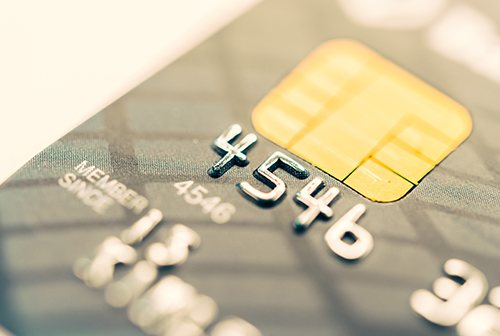

12 Credit Card Terms Simplified
As a credit card holder, have you ever come across some credit card jargon that left you scratching your head? Or maybe you did not quite understand the wordings in the credit card agreement and never had the patience or the need to pursue it. In either case, this article is designed to inform and explain the meaning of some key terms, knowing which might help you understand the workings of your credit card a little better.
- Annual Percentage Rate (APR): This is the interest charged on the outstanding balance beyond the due date of your credit card bill. Most card companies calculate the interest due on a monthly basis. Thus, an APR of 24% effectively translates to a monthly interest rate of 2%. A lower APR is more attractive as compared to a higher APR. To compare available low interest rate credit cards available to you, log on to Paisabazaar.
- Billing Cycle: Billing cycle is the time period between two successive credit card bills. The start and end dates of your billing cycle are mentioned on your credit card agreement.
- Balance Transfer: The process of moving the outstanding balance on a higher interest credit card to another credit card with a lower interest rate is termed as balance transfer. This is done to decrease the interest payable on the existing debt. A related term is the balance transfer fee, which is charged as a percentage of the total amount of debt being transferred.
- Credit Limit: The maximum amount of money that you can borrow on your credit card by swiping it is termed as the Credit limit. When you reach the end of your credit limit, your card is “maxed out”. Your credit limit is affected by factors such as your income and past relationship with the bank. Credits limits may be periodically revised by the card issuer or as per customer request.
- Cash Limit: This is the maximum amount of cash you can withdraw from an ATM using your card. The maximum limit on a cash transaction is usually 10% of the credit limit. Cash withdrawals do not have a grace period and a higher interest rate (as compared to the purchase APR) is applicable on such transactions from the day the cash withdrawal is made. Banks also levy a separate cash advance fee apart from the interest rate on these transactions.
- Charge Back: In case a transaction is not completed due to any reason but the amount is debited or a transaction is disputed by the customer, the card issuer may decide to reverse the transaction (charge). This process of reversing a “charge” on the credit card is termed charge back.
- Card Verification Value (CVV): Located on the reverse side of the card, the CVV is a three-digit numeric code printed beside the signature panel. This number is a key verification feature especially important for online payments.
- Cash Back Program: Herein a percentage of your expenses (made using a credit card) are credited back to your account periodically. Cash back programs usually feature a maximum yearly/monthly limit on the cash back you can receive and this is mentioned in the credit card agreement. Another benefit offered by credit cards is the rewards program, which provides free gifts in lieu of your expenses using the card. Choosing between a rewards and a cash back program by figuring out which is more beneficial is often a tough task.
- Grace Period: The total time allotted to pay off your most recent credit card bill without being charged a late fee is termed as the grace period. The usual grace period ranges between 10 and 21 days.
- Minimum Payment: The least amount of money a card holder can pay on a credit card bill to prevent the account from defaulting is the minimum payment. The minimum payment amount usually ranges between 2% and 5% of the total due amount.
- Over Limit Fee: In case you spend more on your credit card that the credit limit assigned to you, your account is deemed to be over limit. The charge incurred by you in case of each instance of being over limit is termed as the over limit fee.
- Supplementary Card: Also known as an “add-on” card, this card offered to family members of the existing card holder account. This type of card usually features an additional fee and the primary card holder is billed for all expenses made on the add-on card. As the add-on card holder is not billed separately, a supplementary card holder is unable to build a credit history.